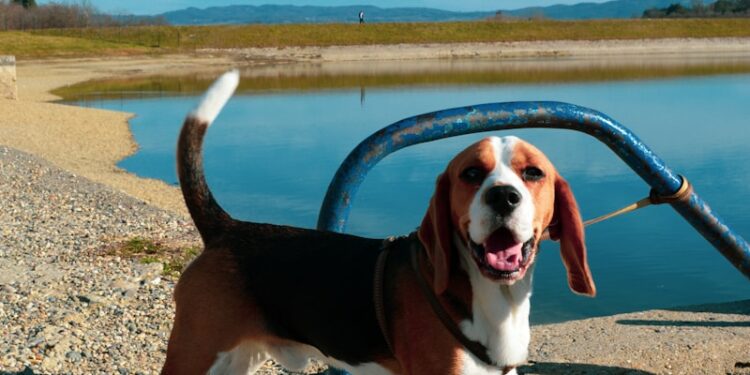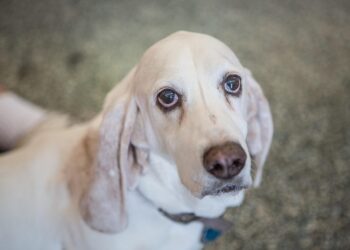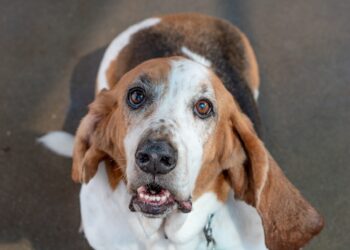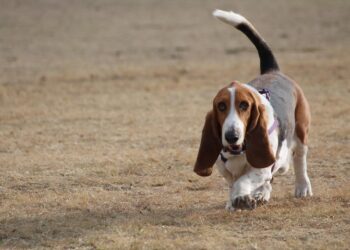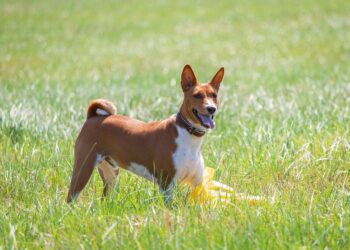Basset Hounds are renowned for their unique appearance, long ears, droopy eyes, and low-to-the-ground stature. While their low-slung body may lead you to believe that they cannot jump, the truth is that Basset Hounds can indeed jump, albeit to a limited extent.
Contents
Understanding Basset Hound Physique
Basset Hounds have a thickset body, sturdy bone structure, and relatively short legs that contribute to their quirky yet lovable appearance. Their physique, however, sets some limitations on their jumping abilities. Their long, droopy ears can sometimes act as a hindrance, possibly interfering with their balance when attempting to jump. Additionally, their heavy bone structure and short legs mean that Basset Hounds lack the agility and vertical leaping abilities of certain other dog breeds.
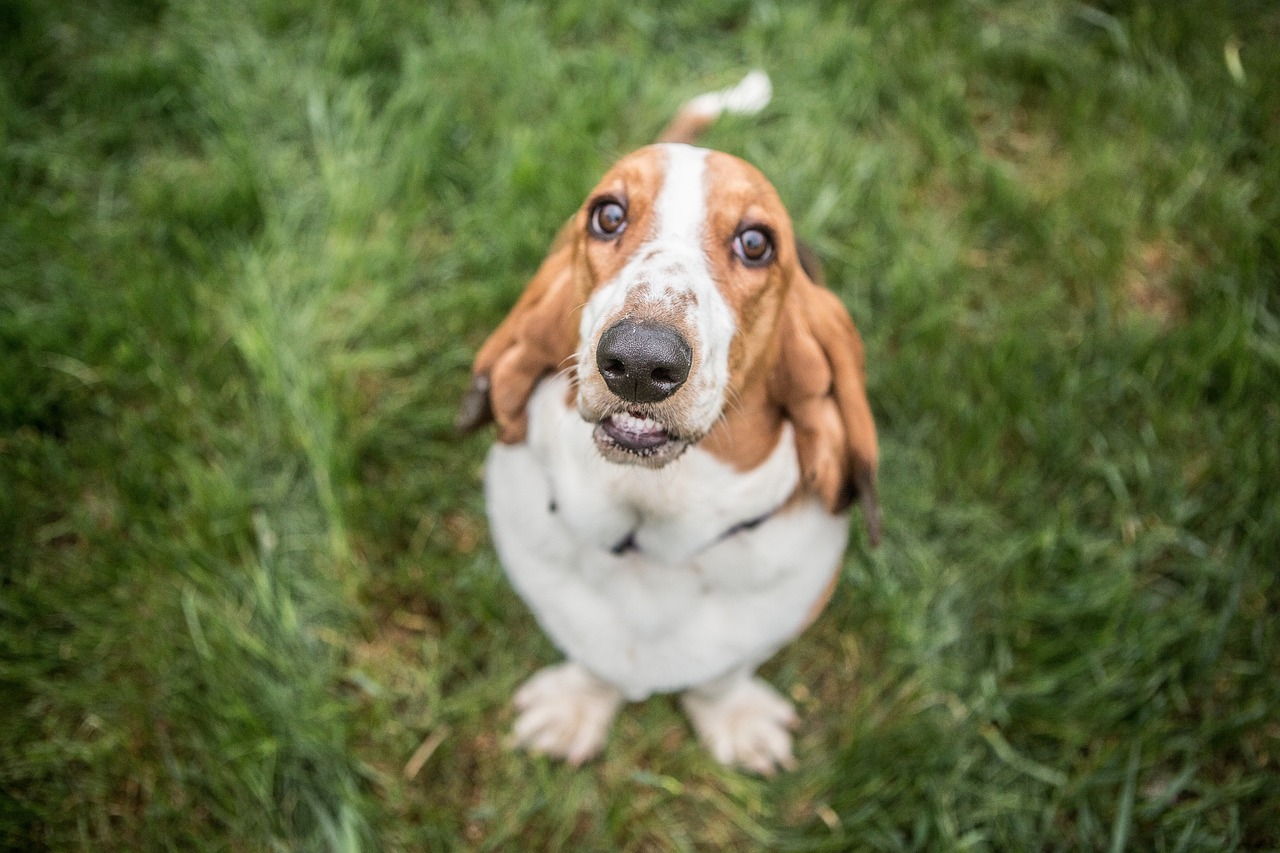
Jumping Limitations and Fence Height
Due to their physical characteristics, Basset Hounds are generally not known for their jumping prowess. They are more prone to engage in activities that involve digging and following scents rather than jumping over obstacles. Their short legs make it challenging for them to achieve significant heights while jumping, and they are not as inclined to jump compared to other dog breeds.
When it comes to fence height, Basset Hounds typically do not pose a significant challenge in terms of jumping over them. A standard 4-foot-tall fence is usually sufficient to contain a Basset Hound. However, it’s essential to keep in mind that every dog is different, and some Basset Hounds may possess a more athletic instinct, making it possible for them to jump higher than anticipated.
Frequently Asked Questions (FAQs)
1. Can Basset Hounds jump onto furniture?
Given their bulky physique and short legs, Basset Hounds may find it difficult to jump onto higher surfaces such as furniture. However, some Basset Hounds may still be able to leap, especially if they are highly motivated by treats or toys placed on the furniture.
2. Do Basset Hounds require special considerations when it comes to stairs?
Yes, Basset Hounds require extra care when navigating stairs. Due to their unique body structure, they may struggle with climbing stairs, and their elongated back and short legs put them at risk for musculoskeletal issues. It is advisable to limit stair usage for Basset Hounds, especially as they age.
3. Can Basset Hounds participate in agility training or competitions?
While Basset Hounds may not excel in agility training as much as more agile breeds, they can still participate and enjoy the experience. Their loyal and eager-to-please nature can make training a rewarding endeavor. However, it’s crucial to consider their physical limitations when engaging in high-impact activities, ensuring that their safety and well-being are prioritized.
4. Are Basset Hounds prone to joint and bone problems due to their jumping limitations?
Basset Hounds are generally prone to certain joint and bone problems, including hip dysplasia and arthritis, regardless of their jumping abilities. It is important to provide them with proper nutrition, regular exercise, and veterinary care to minimize the risk of developing such conditions. Exercise should be moderate and low-impact to avoid putting unnecessary strain on their joints.
5. Can Basset Hounds be trained to jump over small obstacles?
With patience, positive reinforcement, and consistent training, Basset Hounds can be trained to jump over small obstacles, such as low hurdles, within their physical capabilities. Keep in mind that their low-slung body and short legs may limit their ability to clear higher or larger obstacles.
In Conclusion
While Basset Hounds do have some jumping ability, their physical characteristics impose limitations on their jumping prowess. Their heavy bone structure and short legs make them less inclined to engage in jumping activities compared to more agile breeds. It’s important to consider their unique physique when engaging in physical activities and to provide them with an appropriate environment that prioritizes their safety and well-being.
More:


